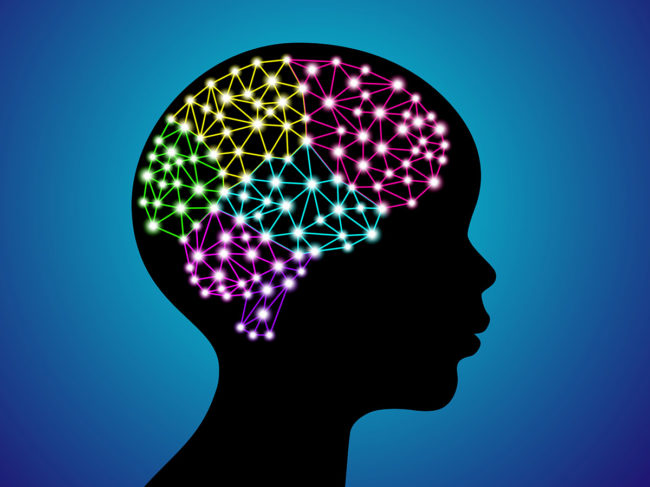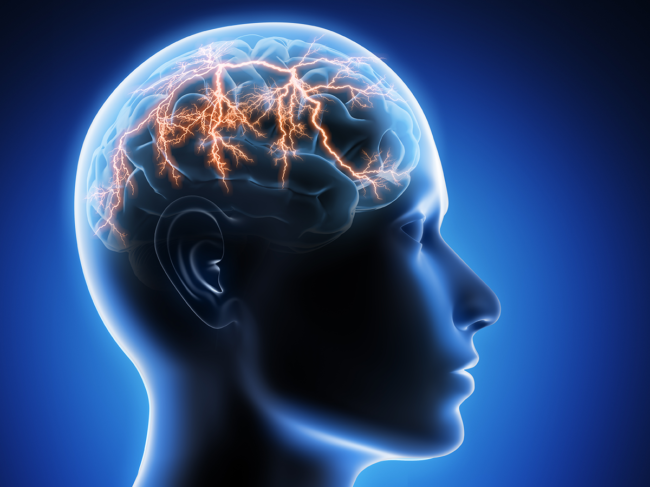
Neurology/psychiatric, BioWorld Science
Neurology/psychiatric
New α-synuclein aggregation inhibitors disclosed in AC Immune patent
Read MoreNeurology/psychiatric
CAP-002 exerts robust and sustained phenotypic correction in genetic epilepsy
Read MoreDrug design, drug delivery & technologies






